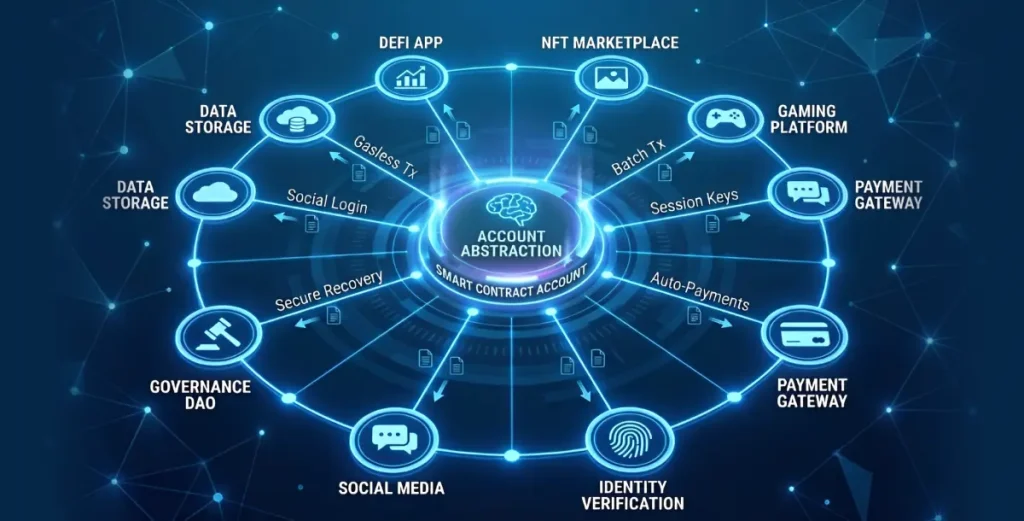As the digital asset industry matures, crypto exchanges, wallets, and fintech platforms are increasingly held to the same compliance standards as traditional financial institutions. One of the most critical functions in this evolving regulatory environment is the Money Laundering Reporting Officer (MLRO)—a role that’s now indispensable to any serious crypto operation.
What Is an MLRO?
A Money Laundering Reporting Officer (MLRO) is the individual responsible for overseeing a company’s anti-money laundering (AML) and counter-terrorist financing (CTF) obligations. They serve as the designated point of contact between the business and regulators and are tasked with detecting, assessing, reporting, and mitigating financial crime risks.
While MLROs are common in traditional finance, their importance has grown in the crypto industry—where pseudonymity, high transaction volumes, and cross-border flows create new vulnerabilities.
In a typical crypto company, the MLRO leads the AML function but works as part of a broader compliance structure. They report directly to the Chief Compliance Officer (CCO) or executive leadership and collaborate closely with:
- AML Analysts: These team members monitor transactions, review alerts, and escalate suspicious activities for further investigation.
- KYC/Onboarding Teams: They ensure customers are properly verified and meet jurisdictional requirements before entering the platform.
- Fraud Prevention Teams: Work with the MLRO to identify and mitigate overlapping risks like scams, identity theft, and phishing.
- Engineering/Tech Teams: Help integrate transaction monitoring tools, blockchain analytics, and automated flagging systems to support AML workflows.
- Legal Counsel: Supports interpretation of AML regulations and manages communications with regulators in conjunction with the MLRO.
In essence, the MLRO acts as the strategic anchor for AML compliance—bridging operations, legal, and technology to maintain institutional trust and regulatory readiness.
Core Responsibilities of an MLRO in Crypto
The MLRO acts as both a gatekeeper and an enabler—protecting the business from regulatory breaches while enabling it to scale compliantly. Key duties include:
1. Suspicious Activity Reporting (SAR/STR)
MLROs review alerts and file suspicious transaction reports (STRs) to local regulators or financial intelligence units (FIUs). This includes activities like:
- Unusual trading patterns
- Rapid fund withdrawals
- Use of privacy coins or mixers
- Wallets linked to sanctioned addresses
2. Oversight of KYC/AML Programs
MLROs ensure Know Your Customer (KYC) processes are robust, up to date, and tailored to the platform’s risk profile. This includes onboarding, ongoing monitoring, and enhanced due diligence for high-risk users.
3. Compliance Audits and Reviews
Regular internal checks are conducted to assess the effectiveness of AML controls. The MLRO leads or participates in audits and is responsible for remedying deficiencies.
4. Staff Training and Culture Building
An MLRO educates employees—especially front-line teams—on red flags, compliance procedures, and evolving risks. Training programs must be updated regularly to meet legal obligations.
5. Regulatory Liaison
When regulators inquire, audit, or investigate, the MLRO leads communication, provides required documentation, and demonstrates that appropriate controls are in place.
6. Policy and Framework Development
The MLRO defines and updates the company’s AML/CTF policy, ensuring alignment with local and global regulatory standards such as FATF guidelines, the EU’s MiCA, or the U.S. Bank Secrecy Act.
Why the MLRO Role Is Crucial in Crypto
Unlike traditional banks, crypto platforms operate in a rapidly evolving landscape where regulatory clarity can vary by region. Here’s why the MLRO’s role is even more critical:
- High-risk transactions: The pseudonymous nature of blockchain makes it harder to link activity to identities without robust KYC/AML systems.
- Cross-border exposure: Global user bases mean compliance must be aligned with multiple jurisdictions.
- Increasing regulatory scrutiny: Authorities are stepping up enforcement and demanding greater oversight from crypto businesses, particularly regarding sanctions, terrorism financing, and illicit flows.
- License requirements: In many jurisdictions, having a qualified MLRO is a legal requirement for obtaining a Virtual Asset Service Provider (VASP) license or equivalent.
Qualifications and Skills of a Strong MLRO
A crypto MLRO must combine traditional compliance expertise with a deep understanding of blockchain systems. It’s not just about meeting requirements—it’s about helping the company operate with confidence and credibility in a fast-evolving space.
Core qualifications include:
-
Deep understanding of AML laws and crypto-specific risks
The MLRO must interpret global regulatory standards and adapt them to crypto’s unique landscape, ensuring the business remains compliant across jurisdictions.
-
Familiarity with blockchain analytics tools (e.g., Chainalysis, TRM Labs)
These tools are essential for tracing wallet activity, flagging illicit flows, and maintaining audit trails.
-
Experience with KYC/AML software and transaction monitoring systems
A good MLRO can design workflows, evaluate vendors, and ensure tools are integrated effectively into operations.
-
Strong communication and crisis management skills
They often act as the voice of the company in regulatory audits, investigations, or incident response.
-
Regulatory or legal background, ideally with crypto experience
This enables them to bridge the gap between fast-moving product teams and slow-moving regulatory bodies.
-
Ability to build scalable policies in fast-growth environments
Crypto companies scale quickly; the MLRO must build frameworks that are resilient, future-proof, and easy to audit.
How a Strong MLRO Adds Strategic Value
Beyond regulatory box-ticking, a high-performing MLRO is a competitive asset. Here’s how they contribute:
Enables Global Expansion
Having an experienced MLRO in place is often a prerequisite for securing licenses in new jurisdictions—unlocking new markets and revenue streams.
Builds Trust with Partners and Clients
Institutional clients, banks, and payment providers demand compliance. A credible MLRO builds trust and facilitates those relationships.
Reduces Operational and Legal Risk
By proactively identifying and mitigating risk, the MLRO saves the company from costly penalties, frozen accounts, or reputational damage.
Supports Fundraising and Due Diligence
Investors view robust compliance as a sign of maturity. A strong MLRO helps the company pass audits and accelerate funding conversations.
Future-Proofs the Business
With evolving crypto regulations, having a seasoned MLRO ensures the business stays ahead—shaping policies instead of scrambling to catch up.
Beyond the MLRO: The Compliance-as-a-Service Solution
Not all businesses, especially those in their growth phase, have the resources to hire a dedicated, full-time Money Laundering Reporting Officer (MLRO). In such cases, a Compliance-as-a-Service (CaaS) model offers a powerful alternative. A CaaS provider or compliance consultancy can act as an outsourced MLRO, providing expert guidance to your existing team to help you achieve all the strategic benefits of a robust compliance program.
A CaaS partner can help your business:
- Enables Global Expansion: A compliance consultancy provides the expertise needed to navigate diverse regulatory landscapes, acting as a guide to secure the necessary licenses for new markets and revenue streams.
- Builds Trust with Partners and Clients: By implementing professional-grade AML/CTF programs, a CaaS provider helps your company meet the high standards demanded by institutional clients, banks, and payment providers, thus facilitating crucial business relationships.
- Reduces Operational and Legal Risk: Experts from a CaaS firm proactively identify and mitigate risk, saving your business from costly penalties, frozen accounts, or reputational damage.
- Supports Fundraising and Due Diligence: Investors view robust, professionally guided compliance as a sign of maturity. A CaaS partner helps your company pass due diligence checks and accelerate funding conversations.
- Future-Proofs the Business: With a compliance partner, your business stays ahead of evolving crypto regulations. They help build resilient policies, ensuring your company can adapt to new rules instead of scrambling to catch up.
Elevating Compliance with Expert Guidance
Whether through a dedicated in-house MLRO or a compliance-as-a-service partner, a strong compliance framework is no longer a regulatory checkbox—it’s a strategic imperative. It protects your business, enables global expansion, and builds the trust needed to scale.
As you navigate the complexities of this evolving landscape, having the right partners and technology is crucial. For businesses seeking a trusted ally in compliance, ChainUp provides end-to-end infrastructure solutions—including KYC/AML, transaction monitoring, and Travel Rule compliance—and offers expert guidance through our CaaS model. Our goal is to empower your team and ensure your business can operate with confidence and credibility, strengthening internal controls and building trust with partners, regulators, and users alike.




